The Extraordinary Beauty of Birds
By Ilana DeBare
Birding helps us notice little wonders that we might otherwise take for granted — the California Towhee pair hopping in our backyard, never far from each other, or the Red-tailed Hawk regally surveying its world from a freeway sign over our traffic-clogged commute.
But sometimes even birders get complacent and take things for granted. “Another hawk, another towhee.” At that point photography can shake us up and make us look at things freshly again.
The Extraordinary Beauty of Birds: Designs, Patterns and Details (Prestel Publishing, 2016) is a new coffee-table book of photographs of close-up images of feathers, nests, eggs, and skins from the ornithology collection of the Royal Ontario Museum. Photographer Deborah Samuel selected 135 pictures of species ranging from the familiar (Mourning Dove, Wild Turkey) to the exotic (Superb Bird-of-Paradise), and Royal Ontario Museum ornithologist Mark Peck provided short, interesting nuggets of information on each one.
 Superb Lyrebird by Deborah Samuel
Superb Lyrebird by Deborah Samuel
My favorite images in the book were those of feathers. We never get close looks at feathers in the field, and so photos like Samuel’s show patterns and structures that we otherwise might never see. They let us view familiar birds in a whole new way. You can look at these images as breathtaking geometric art, or you can study them more literally as examples of bird anatomy. The Mourning Dove wing feathers are so regular and smooth they almost resemble twill fabric. The red tips of a Cedar Waxwing feather do indeed look like the drops of molten wax that inspired their name.
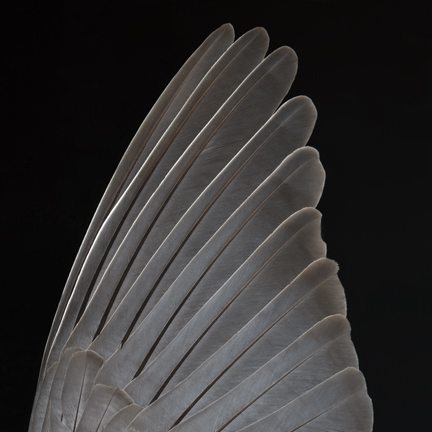 Mourning Dove by Deborah Samuel
Mourning Dove by Deborah Samuel
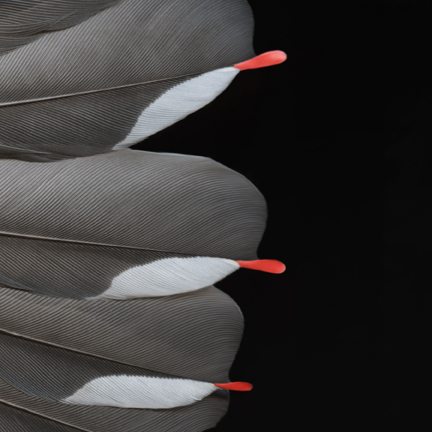 Cedar Waxwing by Deborah Samuel
Cedar Waxwing by Deborah Samuel
I was less happy with the images of skins, or dead birds. They made me sad. We have access to so many wonderful photos of living birds — including many by Golden Gate Bird Alliance members, including the photos we feature each year in our Birds of the Bay Area wall calendar — that I didn’t feel like the skin photos offered anything new. And I would much rather look at a photo of a live Tree Swallow than a dead one.
Samuel’s photographs of nests brought to mind another wonderful set of nest photos — by our own member Sharon Beals, author of Nests: Fifty Nests and the Birds that Built Them. Like Samuel, Beals photographed nests from a museum collection against a black background. But Beals’s nests are lit more brightly and bring out the colors, contrasting textures, and beauty of the nests much more vividly.…

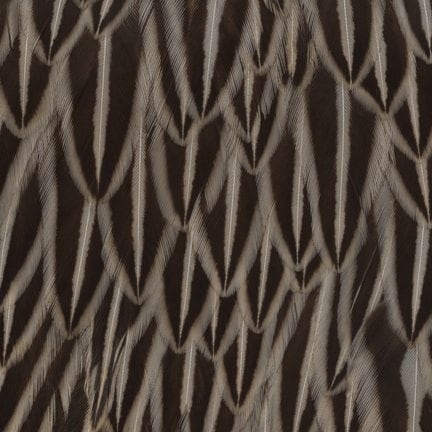
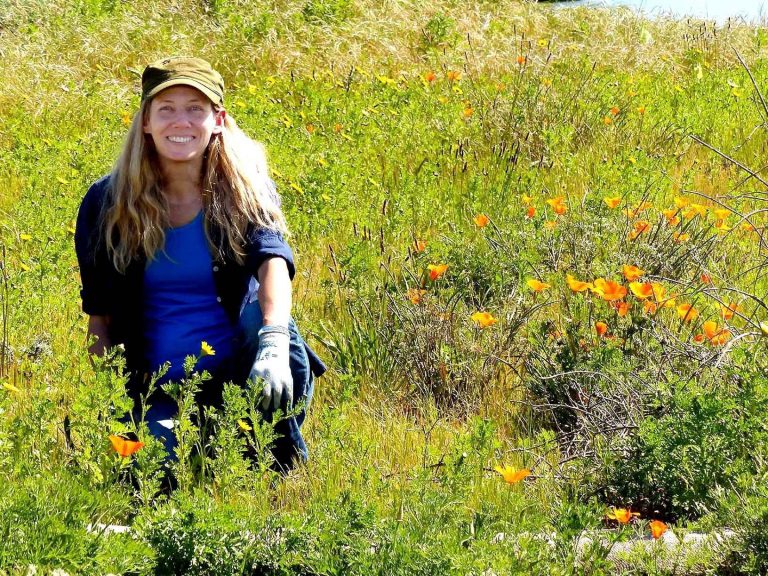
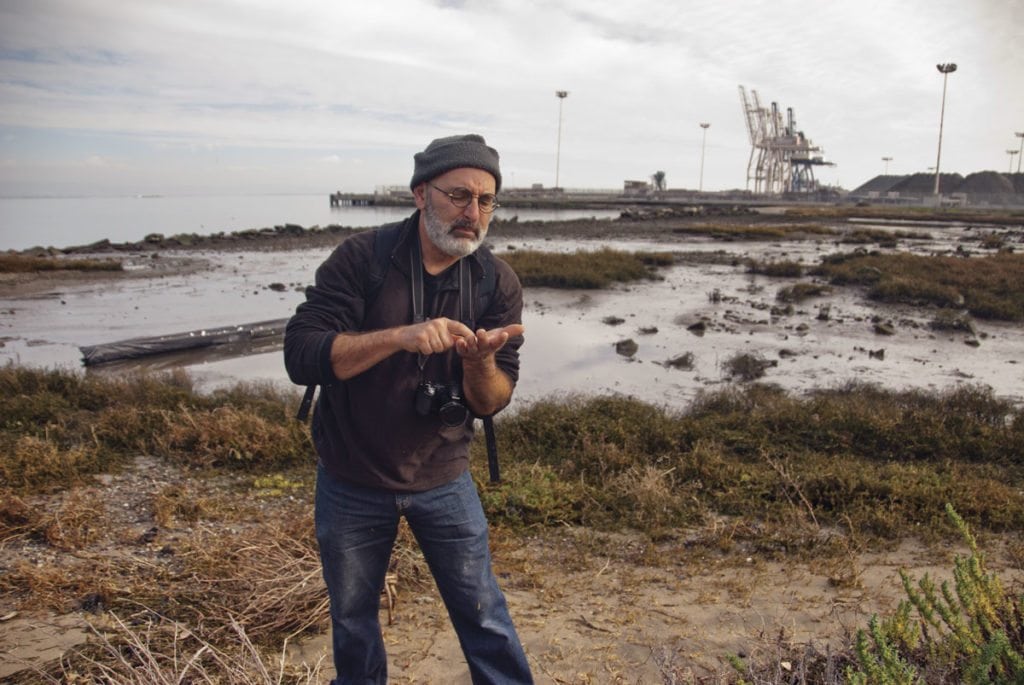 Peter Baye inspecting sea-blite seeds at Pier 94 / Photo by Eric Simons
Peter Baye inspecting sea-blite seeds at Pier 94 / Photo by Eric Simons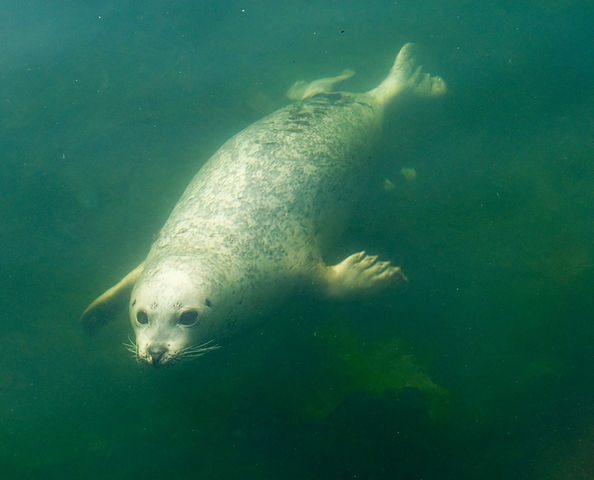
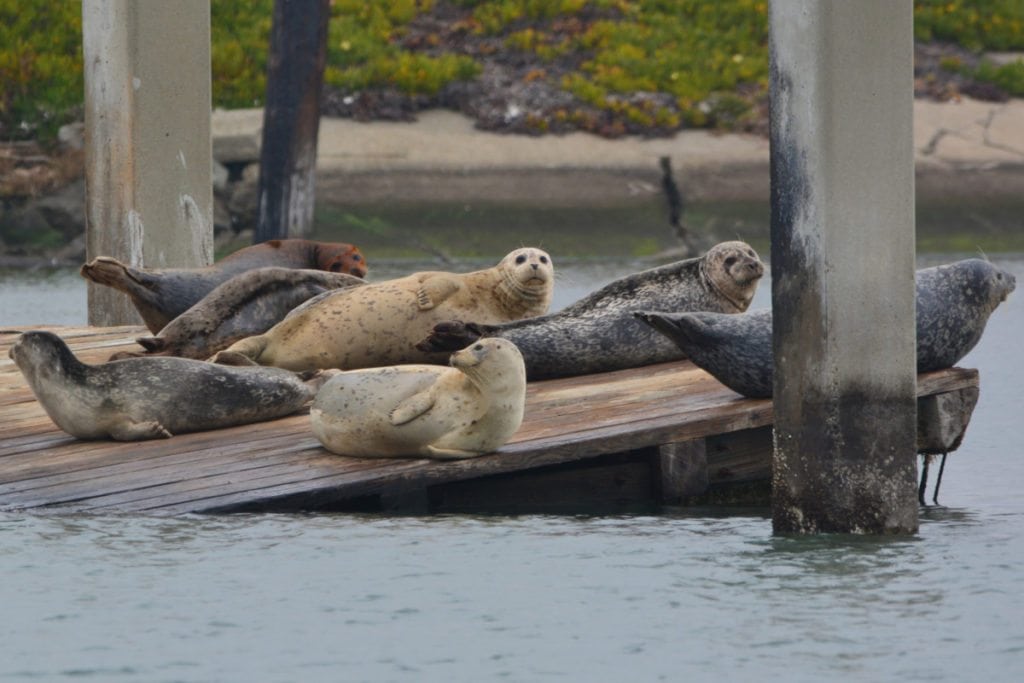 Harbor seals on old dilapidated dock / Photo by Richard Bangert
Harbor seals on old dilapidated dock / Photo by Richard Bangert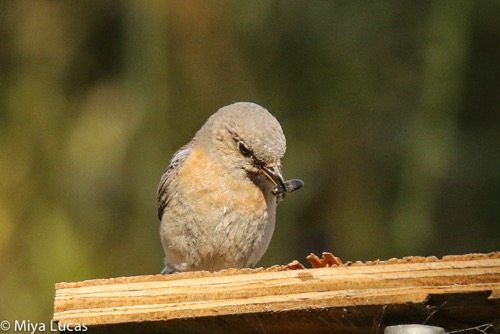
 Girls from Bayview Elementary with box that the flycatchers used / Photo by Anthony DeCicco
Girls from Bayview Elementary with box that the flycatchers used / Photo by Anthony DeCicco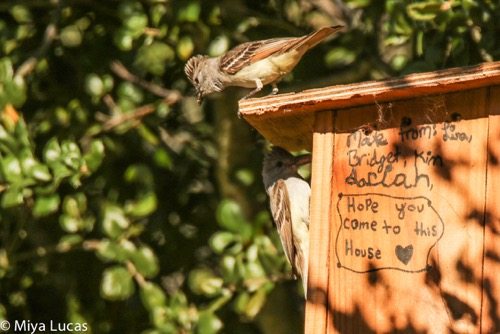 Nesting pair of Ash-throated Flycatchers / Photo by Miya Lucas
Nesting pair of Ash-throated Flycatchers / Photo by Miya Lucas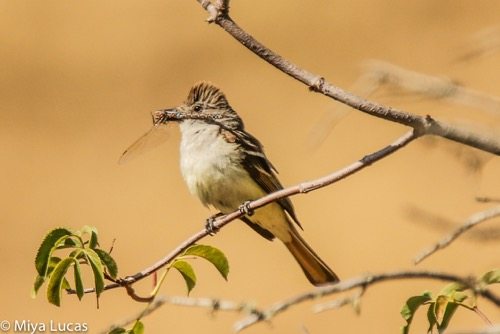 Ash-throated flycatcher with dragonfly / Photo by Miya Lucas
Ash-throated flycatcher with dragonfly / Photo by Miya Lucas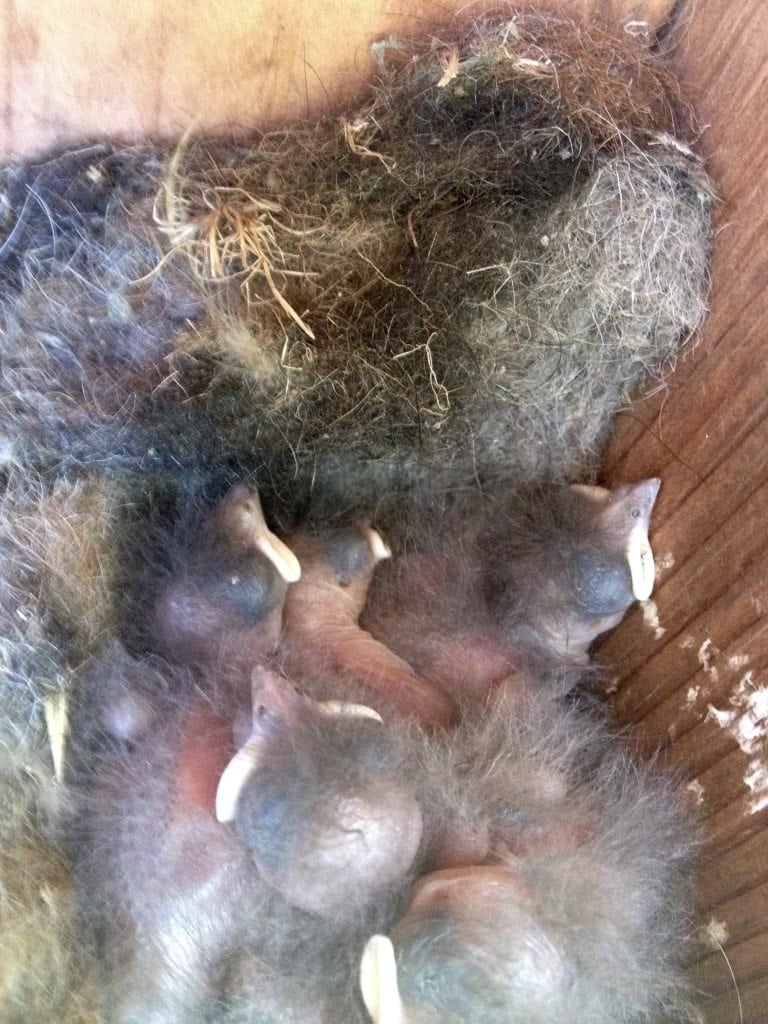 Looking down on newly-hatched Ash-throated Flycatcher chicks / Photo by Anthony DeCicco
Looking down on newly-hatched Ash-throated Flycatcher chicks / Photo by Anthony DeCicco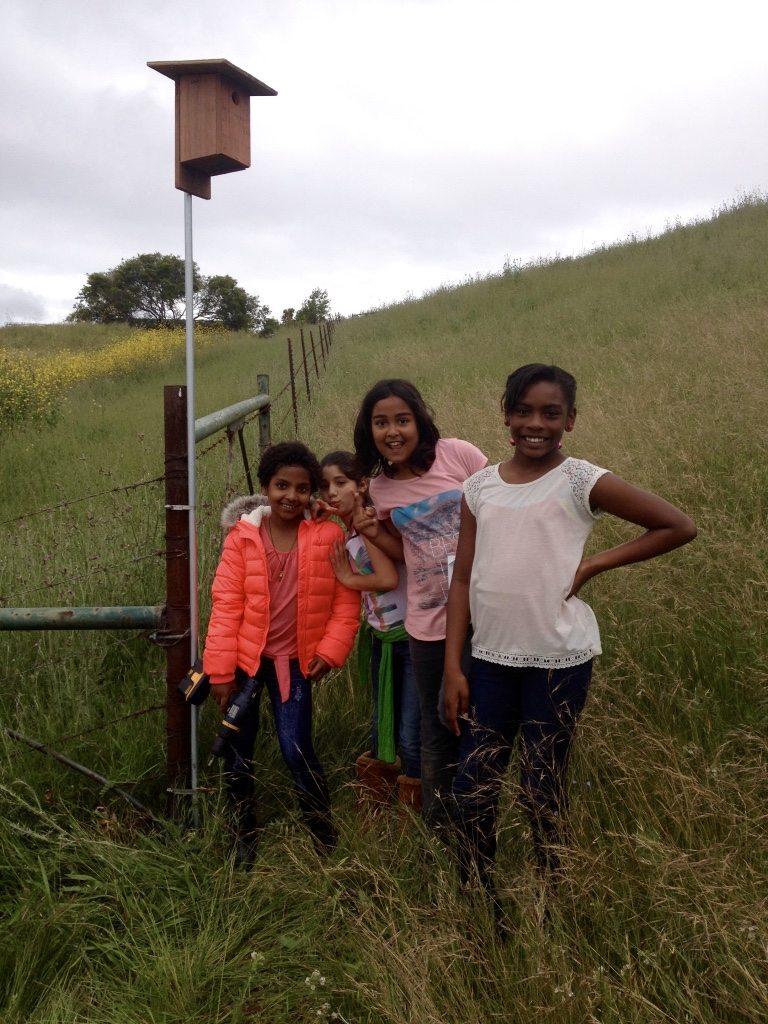 Girls from Stege Elementary erecting the box that Western Bluebirds used / Photo by Anthony DeCicco
Girls from Stege Elementary erecting the box that Western Bluebirds used / Photo by Anthony DeCicco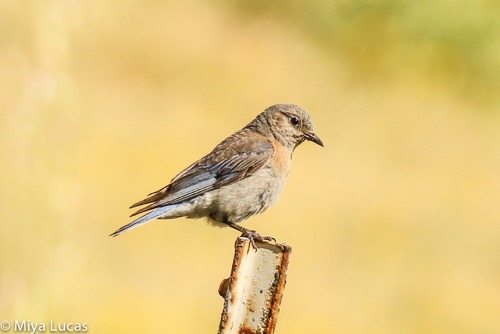 Female Western Bluebird near the nest box / Photo by Miya Lucas
Female Western Bluebird near the nest box / Photo by Miya Lucas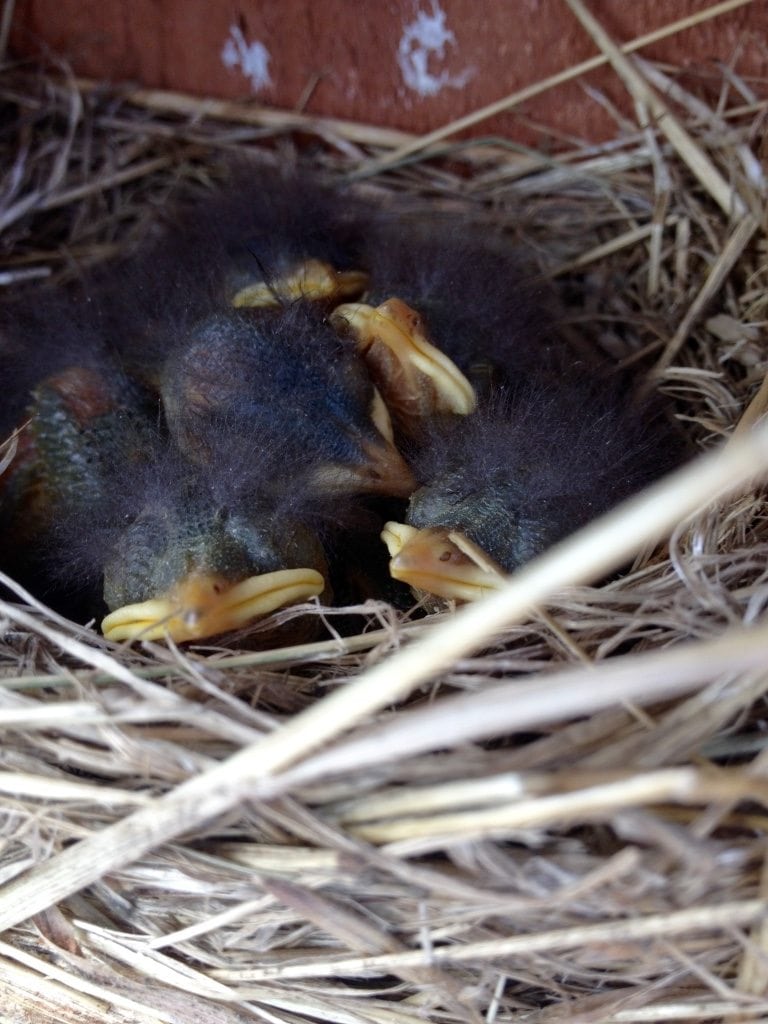 Bluebirds (about nine days old) inside box erected by the girls / Photo by Anthony DeCicco
Bluebirds (about nine days old) inside box erected by the girls / Photo by Anthony DeCicco